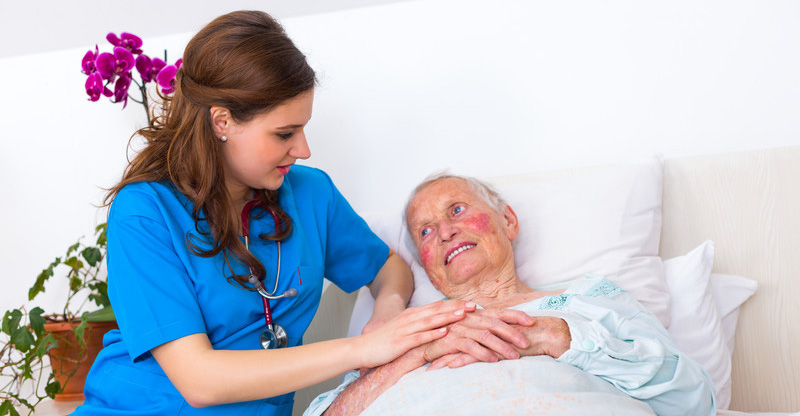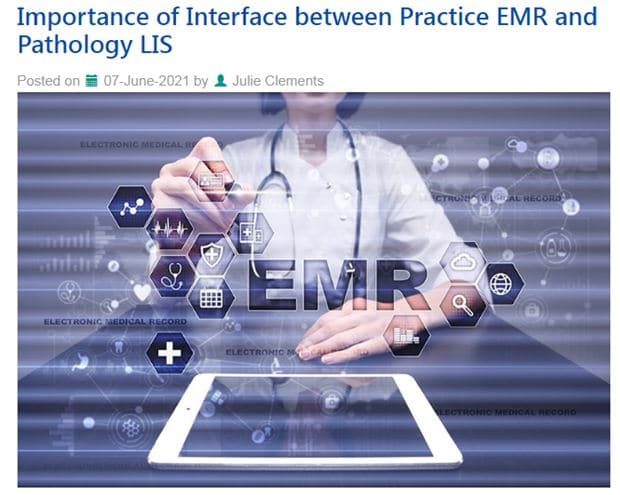A chronic and progressive neurological disorder, Parkinson’s disease (PD) affects an estimated 1 million people in the United States. There are many challenges associated with treating PD. While medical transcription outsourcing can ensure accurate neurology documentation, physicians find it difficult to track symptoms and disease progression. As the nation celebrates Parkinson’s Awareness Month in April, there’s good news for physicians and patients. Researchers have come up with an innovative smartphone app that can accurately track the severity of the symptoms of Parkinson’s disease. This novel approach uses sensors on a smartphone to produce a score that is a reliable indicator of symptom severity in patients with the disease. Moreover, reports also say that telehealth can also be a more effective option for PD patients than in-person care.

Care for Parkinson’s Disease – Limitations of the Traditional Approach
PD symptoms include slowness of movement, loss of balance and coordination, tremors, rigidity or stiffness, balance problems, freezing episodes, uncontrolled movements, anxiety, and medication side effects such as deterioration of mood. As these symptoms progress, patients may have difficulty walking, talking, swallowing, or completing daily tasks.
However, people with Parkinson’s usually see a specialist only once or twice a year. This makes it hard for the physician to track progressing symptoms, which can vary widely on a daily basis, and adjust treatment. Neurologists typically use subjective assessments to get an idea of their patient’s fluctuating symptoms. Patients may be asked use a 24-hour “motor diary” to keep a written record of their mobility, balance problems, involuntary twisting movements and other Parkinson’s symptoms. The physician relies on this self-reported and imprecise data to guide treatment.
New App canTrack Symptom Severity and Disease Progression
According to the new study, which was published in the journal JAMA Neurology, smartphone software and technology can overcome these challenges. The study reports that a smartphone app can precisely monitor the severity of the symptoms. This can help develop new drugs to better treat the disease. The steps involved in the neurologist-led study were as follows:
- The researchers used existing smartphone mechanisms such as the microphone, touch screen and accelerometer to develop five simple tasks for patients to complete. The tasks involved voice sensing, finger tapping, gait measurement, balance and reaction time.
- The study’s 129 participants were made to remotely complete this series of tasks on a smartphone application called HopkinsPD.
- The researchers used a machine learning technique they devised to convert the data collected with these tests into an objective mobile Parkinson’s disease score (mPDS) that uses a scale of 1-100, with a higher number indicating a greater severity of symptoms.
One of benefits of this smartphone evaluation over the conventional method is that does not rely on the subjective observations of a medical staff member. Moreover, it can be done any time or day in a clinic or in the patient’s home, where the patient is less likely to be nervous, compared to the clinic. Clinical trials will allow researchers to evaluate the impact of the new tool and its effect on treatment of Parkinson’s disease.
“The ability to remotely monitor patients on a much more frequent basis, more accurately track the symptoms and progression of the disease, and monitor the impact of exercise, sleep, and medications and their side effects holds the potential to transform how we treat Parkinson’s disease,” says a coauthor of the study.
Telehealth can Reduce Barriers to Care
A 2017 mhealthintelligence.com report highlighted the advantages of a telehealth program for patients with Parkinson’s disease. Virtual visits can address geographic and economic barriers that keep Parkinson’s patients from getting the care they need.
Launched by the University of Rochester Medical Center in New York and supported by the Patient-Centered Outcomes Research Institute (PCORI), a study published in the journal Neurology found that virtual visits can dramatically increase access to care for people with this debilitating disease.
The study involved about 200 patients recruited online by the National Parkinson Foundation, PatientsLikeMe and the Michael J. Fox Foundation for Parkinson’s Research. The participants received as many as four video visits with a neurologist they had not seen before. It was found that by providing care directly into the homes of individuals with Parkinson’s, this program would reduce barriers to access of care, improve the quality of care forpatients,and better their function and quality of life. It was also found that using telehealth saved patients an average of 169 minutes and 100 hours normally spent on transportation.
Up to 97 percent of the patients were satisfied with virtual visits and 55 percent preferred them over in-person visits. More than 85 percent of the neurologists involved in the study also said they were satisfied with the telehealth platform.
After Alzheimer’s disease, Parkinson’s disease is the second-most common neurodegenerative disorder in the United States. Medical transcription companies are committed to providing error-free timely EHR-integrated documentation for physicians as the grapple with the challenges of treating people with this debilitating neurological condition.


